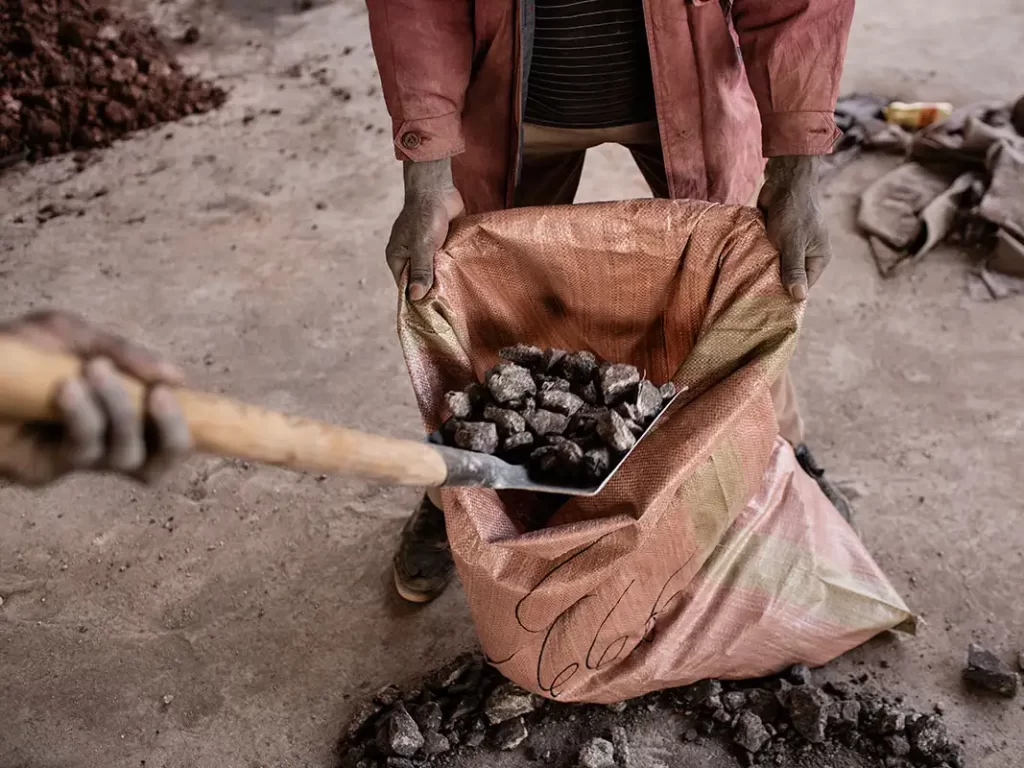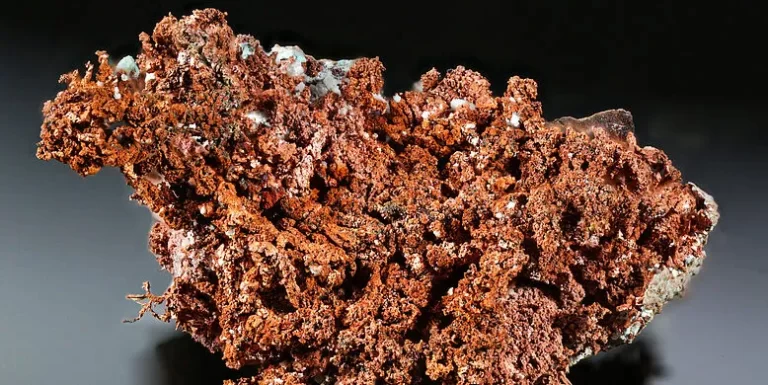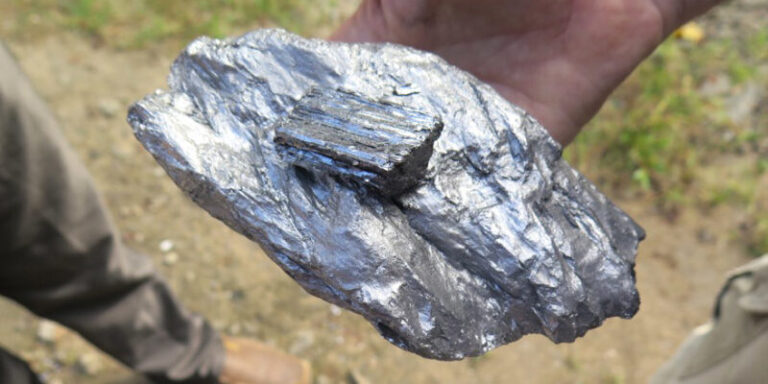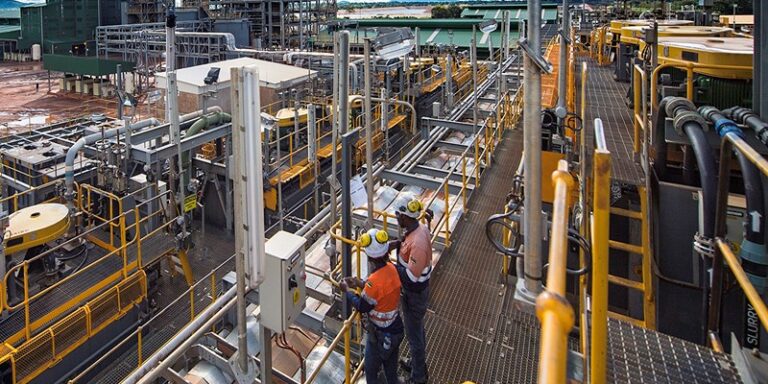
Russell Fryer, CEO of Critical Metals, expressed his satisfaction in sharing the latest operational update on the ongoing activities at the Molulu copper and cobalt project.
The dedicated team has been working tirelessly since the project’s announcement of commencing production in January 2023 to ensure the company’s operational goals are met promptly. Fryer highlighted the significant profitability potential of the project, supported by the latest grade samples exceeding 8.3%.
Fryer emphasized the company’s commitment to environmental, social, and governance (ESG) efforts at Molulu, particularly their dedication to supporting the local community and economy.
Recognizing the discouraging trends in the mining industry of the Democratic Republic of Congo (DRC), Fryer affirmed that Critical Metals is determined to challenge and reverse this trend.
The company has successfully mined over 6,500 tonnes of oxide ore at an average grade of 3%, which is now available for sale. Following a thorough assessment of the Molulu copper grades and market, the technical team has decided to concentrate on mining the high-grade sulphide copper ore.
The ongoing dewatering process will expose the high-grade sulphide copper ore body in the pits. Notably, a grab sample from the dewatered big pit yielded a copper result of 8.36%, significantly surpassing copper head grades found in other mines globally.
Mining the sulphide zones holds the potential for substantial profitability gains compared to oxide-only mining.
The company plans to begin a drilling program in June, targeting the expansion of resources and the creation of a JORC report by drilling through the oxide zones in the sulphide areas.
Details regarding mining operations in the sulphide zones will be released during and after the drilling program. While oxide mining will continue, it will no longer be the primary focus of production.
The completion of the mapping and geophysics programs by the end of May will reaffirm the significant copper and cobalt potential at Molulu.
Geophysics analysis utilizing electric currents injected into the ground is underway to identify copper and cobalt anomalies.
The company has identified several promising areas and anomalies from this program, with early results from the upcoming drilling program expected to be disclosed once available. These drilling results will form the basis of a JORC report.
The dewatering process for both sulphide and copper pits has commenced, with a trench and a watering pump facilitating the natural decantation of water. The big pit is scheduled to be dewatered this week, and it is anticipated that both pits will be dewatered within thirty days.
Several potential buyers of copper ore have visited the Molulu mine and taken samples for testing. First sales of oxide ore are expected to commence as soon as the bridge installation and road rehabilitation are completed by the end of this month.
Critical Metals’ ESG program demonstrates its commitment to the local community and employees. The company has significantly increased local employment, with thirty employees, mostly DRC citizens.
The number of employees is projected to grow to over forty full-time and approximately twenty casual workers as drilling and mining activities expand. Additionally, the company sources and purchases most of its food from local villagers, contributing to the growth of the local economy.
To improve living standards, Critical Metals pays its workers a higher rate than the average in the DRC and provides two or three daily meals for its employees.
The company ensures the provision of standard personal protective equipment (PPE) to maintain health and safety standards.
Daily Health Safety & Environment (HSE) meetings are conducted to ensure compliance. In line with their commitment to health and safety, the company has appointed a full-time health and safety coordinator based on-site to uphold these high standards.





